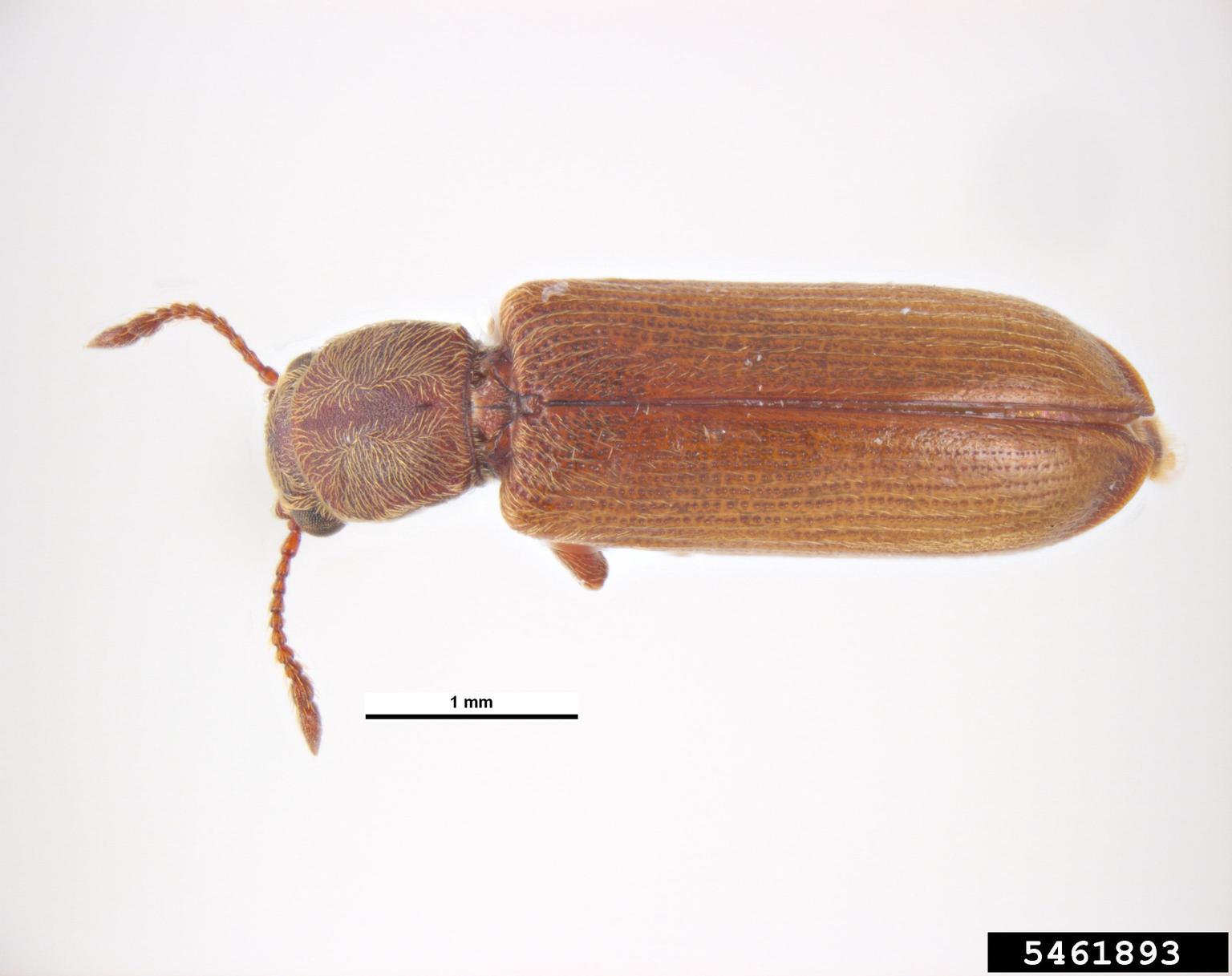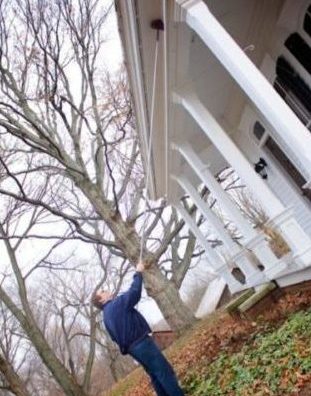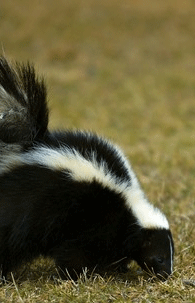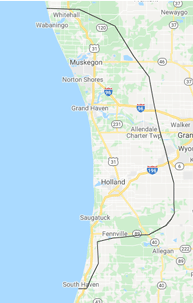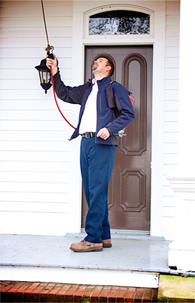Wood Destroying Insects
Termites
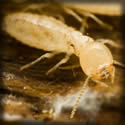
Carpenter Ants
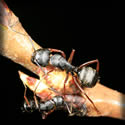
Acrobatic Ants
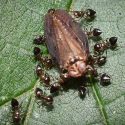
Powder Post Beetles
There are three common groups of powder post beetles; Lyctids, Anobiids, and Bostrichids. Since you rarely see the adult beetles or its larvae, identification depends on the type of wood that has been damaged and moisture content of the wood. Wood damaged by these beetles will have many tiny holes the size of pinheads in it. The resulting sawdust or frass will be a very fine powder.Treatment of these beetles depends on the damaged wood having an active infestation. To tell if you have an active infestation, all the existing frass should be cleaned up and any holes that can be found should be sealed up. Place a white sheet or cloth under the damaged wood and check back in a few days. If new frass and exit holes are found, then an active infestation is present. Removing the infested wood is the preferred method of control but it is usually not practical. Localized treatment of the wood is also acceptable if the wood is exposed. Sometimes the damage is so great and in an inaccessible area, a fumigation is necessary to achieve the desired results.There are other insects that will attack wood such as carpenter bees (mentioned elsewhere in this web site), wood borers and wood wasps. Please call us if you need help in identifying the pest problem or in eliminating the pest problem. (Image © Pest and Disease Image Library/Bugwood.com)
